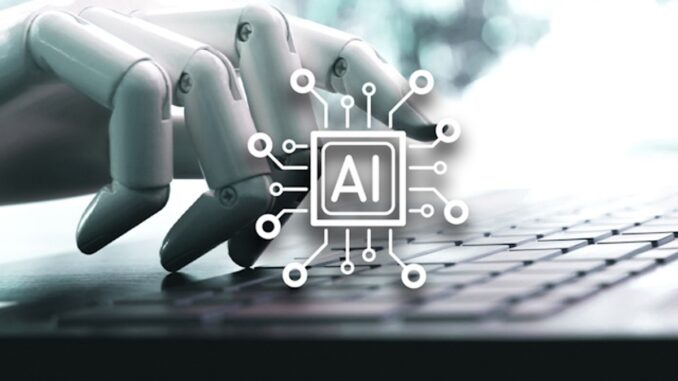
AI-driven customer segmentation is the process of using artificial intelligence and machine learning techniques to categorize customers into distinct groups based on various attributes and behaviors.
This method offers businesses a deeper understanding of their customer base, allowing for more personalized marketing strategies and improved customer experiences. Here’s a detailed overview of how AI can enhance customer segmentation:










### Key Components of AI-Driven Customer Segmentation
1. **Data Collection**:
– AI systems can integrate data from various sources, including CRM systems, social media, website interactions, purchase history, and demographic information.
– Data types include structured (e.g., age, gender) and unstructured data (e.g., customer reviews, social media comments).
2. **Data Processing**:
– Data preprocessing involves cleaning and normalizing the data to ensure its quality and reliability for analysis.
– Techniques like natural language processing (NLP) can be used to analyze unstructured data.
3. **Feature Engineering**:
– Important features (attributes) are identified and created from the raw data. For instance, purchase frequency, average transaction value, and customer lifetime value can be generated as features.
4. **Clustering Algorithms**:
– AI utilizes various clustering algorithms to group customers. Common algorithms include:
– **K-Means Clustering**: Partitions the data into K distinct clusters based on similarity.
– **Hierarchical Clustering**: Builds a tree of clusters based on their similarities.
– **DBSCAN**: Identifies clusters of varying shapes and sizes based on density.
– Advanced methods like Gaussian Mixture Models or Self-Organizing Maps can also be employed.
5. **Segmentation Analysis**:
– The algorithm analyzes segmented data to extract meaningful patterns and characteristics of each group.
– Visualization tools can help interpret and present the segmentation results, such as scatter plots or dendrograms.
6. **Predictive Modeling**:
– After segmentation, AI can predict customer behavior, such as propensity to buy, churn prediction, or responsiveness to marketing campaigns, helping businesses tailor their strategies accordingly.
7. **Personalization**:
– Based on segmented groups, companies can create personalized marketing campaigns, recommendation systems, and targeted communications that resonate with each segment’s unique preferences.
8. **Continuous Learning**:
– AI-driven segmentation is not a one-time process. Machine learning models can continuously learn from new data inputs, allowing for dynamic segmentation that adjusts as customer behaviors and preferences evolve.
### Benefits of AI-Driven Customer Segmentation
– **Enhanced Marketing Efficiency**: By targeting specific segments with tailored messages, companies can increase marketing ROI and engagement.
– **Improved Customer Experience**: Personalization leads to higher customer satisfaction and loyalty, as customers feel understood and valued.
– **Actionable Insights**: AI uncovers hidden patterns and insights that traditional methods may overlook, enabling data-informed decision-making.
– **Faster Decision-Making**: Automated analysis allows businesses to quickly adapt to market changes and customer needs.
### Challenges
– **Data Privacy**: Ensuring compliance with regulations like GDPR when handling customer data is crucial.
– **Data Quality**: Inaccurate or incomplete data can lead to misleading insights and ineffective segmentation.
– **Complexity**: Implementing AI-driven solutions can be complex and may require specialized skills and tools.
### Conclusion
AI-driven customer segmentation represents a powerful approach for businesses to understand and engage with their customers more effectively. By leveraging advanced analytics and machine learning, organizations can create targeted strategies that drive customer engagement, loyalty, and ultimately, business growth.


Leave a Reply